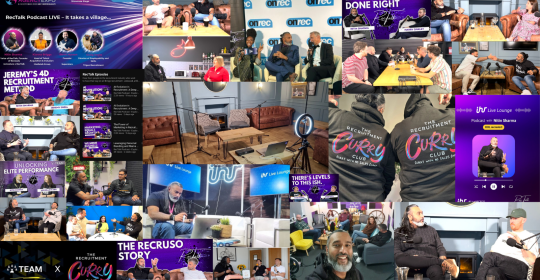HR, being one of the most diverse departments, isn't left behind either. However, today's HR department is different from what it was a decade ago. IT is now embedded in every functional area of human resources, including payroll processing and employee management.
Many HR functions can now be performed electronically, making them faster and more efficient. The result? By streamlining HR processes, organizations are able to avoid the pitfalls of manual and inefficient workflows, such as:
-
Errors in payroll processing
-
Inconsistent reporting
-
Compliance mishaps
Thanks to technology, HR processes that were once time-consuming and plagued with red tape are now easier to execute and readily available. This article will take a deep dive into how HR teams are leveraging technology to streamline workflows.
Saving Time, Saving Money
Your employees are the lifeblood of your company's operations, and it will be difficult for you to scale up without providing a conducive environment for them to thrive.
And since HR deals with people, it's the role of HR managers to devise ways to streamline workflows to simplify processes and save time. To achieve this, HR leaders are investing in time-saving tools that are efficient and cost-effective.
Many HR teams now use digital solutions, like Calamari, to automatically track time and log hours, so employees don't have to struggle remembering the hours worked. Plus, many of these tools integrate with your HRM system, making it easier to manage everything from a central location.
Eliminating Paper from HR Processes
The promise of the "paperless office" was so appealing a decade ago.
But as it turned out, things didn't go as planned. Studies have revealed that today's typical office generates more paper than it did decades ago. Why? Because today's technology (picture printers and computers) has made it easier to print off anything and everything.
So, are HR tools doing it differently?
You can bet on that! Forward-thinking companies are using document management systems to streamline work processes. Such systems electronically capture and store employees' documents safe and in one place.
And when integrated with the cloud, it makes information formerly available on paper accessible to everyone and from anywhere.
HR professionals are also ditching paper check stubs for electronic pay stubs, which are shareable via email—thus eliminating paper from the office. They are able to achieve this through the use of a pay stub maker that generates professional pay stubs in minutes, thus also reducing the time taken to generate and distribute pay stubs.
Communication and Training
Employee training is an important role of the HR team. It helps to boost employee satisfaction and retention. However, trying to schedule training sessions that accommodate everyone's calendar is hectic and has always been a problem for HR teams that rely on manual processes.
But with digital technologies like webinars, apps, and HR portals, employees can train on their own time and at their own pace. HR leaders also ensure no one is missing out on training by scheduling reminders from time to time.
Employee Management
Dealing with people is one of the most challenging tasks, as people are unpredictable and subject to change. In a corporate setup, this role rests with the HR department.
The HR department spends a significant amount of time solving people's problems. At times, they have to handle work-related queries, which can be time-consuming. With manual processes, so much time can be wasted answering questions like:
- How do I retrieve my old pay stubs?
- How many days/hours did I work last month?
- How was my net pay calculated?
Rather than spending time answering routine questions, forward-thinking HR professionals accomplish all that with a simple employee self-service portal. Such portals free up the HR department to focus on other important tasks while giving employees access to all the information they need in one place.
What HR tools are you using to streamline your company's HR functions? Share with us in the comments section below.






